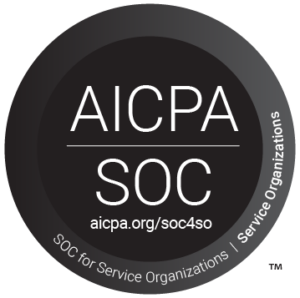12 Essential SAP Monitoring Best Practices for Peak Performance and Security
Your SAP system is the backbone of your organization, integrating critical functions like finance, HR, and logistics. To ensure it delivers optimal performance and robust security, implementing a comprehensive SAP monitoring strategy is crucial. Let’s explore 12 best practices to keep your SAP environment running smoothly and securely.
Why Proactive Monitoring Matters
SAP’s complexity and multi-user environment create a landscape where issues can arise. Effective monitoring helps you:
- Maintain Peak Efficiency: Identify and address performance bottlenecks before they significantly impact user experience and overall productivity.
- Safeguard Sensitive Data: Continuous monitoring helps ensure the security of your critical business data, including financial records and customer information.
- Prevent Problems Before They Occur: Proactive monitoring acts like an early warning system, detecting potential issues before they escalate into major disruptions, similar to how regular medical checkups identify health concerns early on.
What to Monitor: Three Key Areas
An effective SAP monitoring strategy encompasses three key areas:
- Critical Tasks: Focus on core functionalities like:
- R/3 System Availability: Ensure the system is accessible to authorized users throughout the workday.
- Daily Backups: Verify successful completion of daily backups to guarantee data recovery in case of unforeseen events.
- SAP Systems: Monitor these systems daily for optimal performance:
- Application Servers: Confirm all application servers are up and running.
- Work Processes: Track work process statuses, identifying any processes stuck in a “waiting” state.
- Global Work Process Overview: Maintain a global work process overview below 1800 per second to avoid overload.
- Failed Updates: Address any “update terminated” messages to ensure system stability.
- System Logs: Review system logs daily for errors, warnings, security messages, and database problems, taking corrective actions as needed.
- Canceled Jobs: Investigate the cause of canceled jobs to prevent recurrence.
- User Activity: Monitor system users, paying close attention to unfamiliar user IDs or terminals for enhanced security. Regular checks throughout the day are recommended.
- Spool Problems: Investigate any print spool jobs stuck in “in process” mode for over an hour to prevent backlogs.
- Job Logs: Review job logs for new or incorrect jobs, taking necessary actions to maintain smooth operation.
- Dumps: Evaluate dump occurrences. Investigate and address any excessive or unusual dumps to ensure system stability.
- Buffer Statistics: Monitor buffer statistics for swap occurrences, indicating potential performance bottlenecks.
- Databases: Your databases hold the foundation of your business. Daily monitoring ensures their integrity and accessibility:
- Database Error Logs: Review error logs daily to identify and resolve any database issues promptly.
- Database Growth: Monitor database growth. Add new data files when tablespace usage exceeds 90% to prevent storage limitations.
- Missing Indexes: Rebuild missing database indexes to optimize query performance.
- Database Statistics Logs: Carefully examine database statistics logs to identify areas for improvement.
Maintaining Peak Performance and Security with 1st Basis Consulting
By implementing these 12 best practices, you can ensure your SAP environment operates at peak performance and maintains robust security. 1st Basis Consulting offers expert SAP monitoring services, customized to your specific needs. Our team can manage your daily monitoring tasks, freeing you to focus on core business priorities. Contact us today to learn more!




